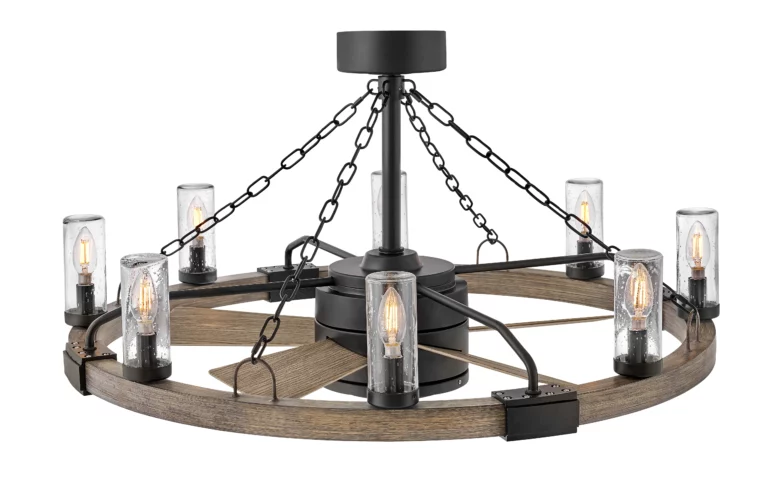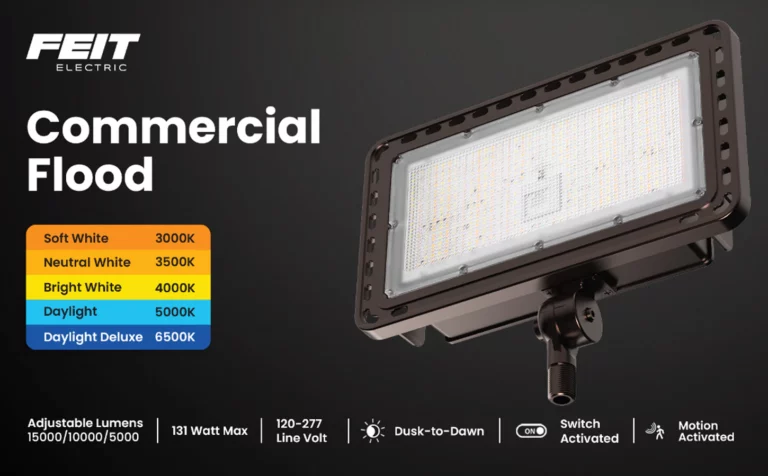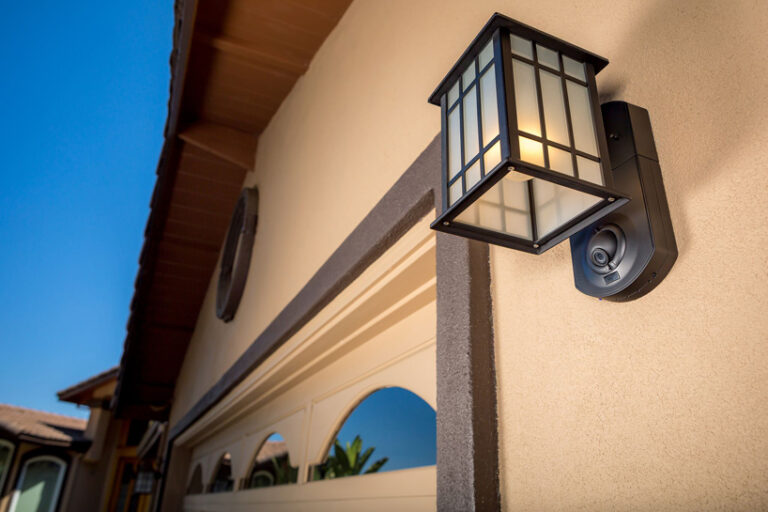Blink Motion Light A Comprehensive Guide
Blink motion lights offer a versatile and efficient solution for various security and illumination needs. This guide explores the diverse applications of blink motion lights, from their technical specifications to installation procedures and safety considerations. We’ll delve into the advantages and disadvantages of different models, helping you understand which blink motion light best suits your specific needs.
The guide covers a range of crucial aspects, including detailed comparisons between different types of motion sensors and light output. It provides practical insights into installation steps, necessary tools, and common maintenance issues. Furthermore, the guide emphasizes safety protocols and regulatory compliance, highlighting the environmental impact of various light types.
Applications of Blink Motion Lights
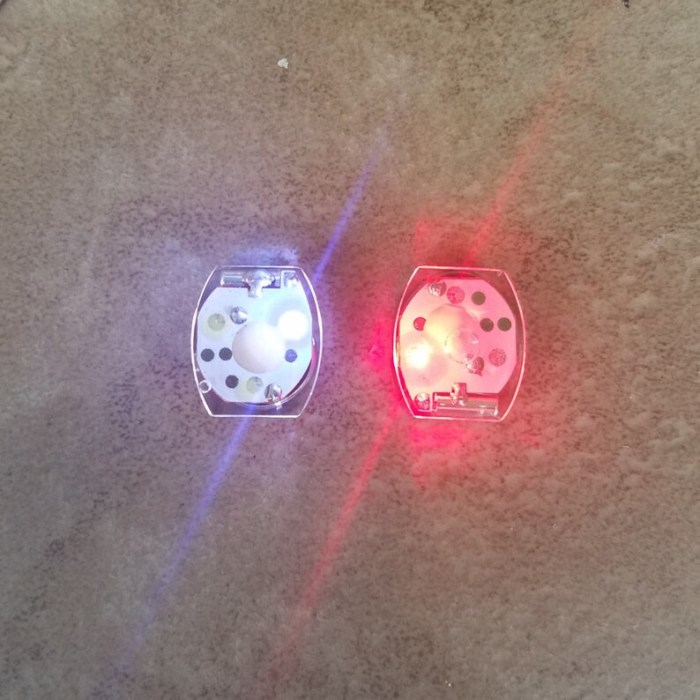
Source: etsystatic.com
Blink motion lights, a versatile security and safety tool, find diverse applications across various industries. Their ability to detect movement and trigger a visual alert makes them valuable for deterring potential threats and enhancing situational awareness. This detailed exploration examines the multifaceted uses of blink motion lights, comparing different technologies and highlighting their respective advantages and disadvantages.
Blink motion lights provide a cost-effective and efficient solution for security and safety concerns in various environments. Their responsive nature and visual cues offer a strong deterrent to unwanted activity.
Industrial Applications
Blink motion lights are frequently deployed in industrial settings for security monitoring and safety precautions. These applications leverage the light’s ability to quickly and visibly signal the presence of movement, prompting immediate attention and potentially preventing accidents. Factory floors, warehouses, and loading docks are common areas where motion-activated lights enhance worker safety and security. For instance, in a warehouse, blink motion lights strategically placed near loading docks can alert personnel to potential hazards like unexpected packages or equipment malfunctions.
Retail Applications
Blink motion lights enhance retail security by providing a visible deterrent to theft and vandalism. In stores, these lights are frequently placed in high-traffic areas or near display windows, triggering a warning signal upon detecting movement. This helps to deter shoplifters and provide immediate visual confirmation of any suspicious activity. Additionally, motion-activated lights are particularly useful in minimizing theft from outside storage areas.
Residential Applications, Blink motion light
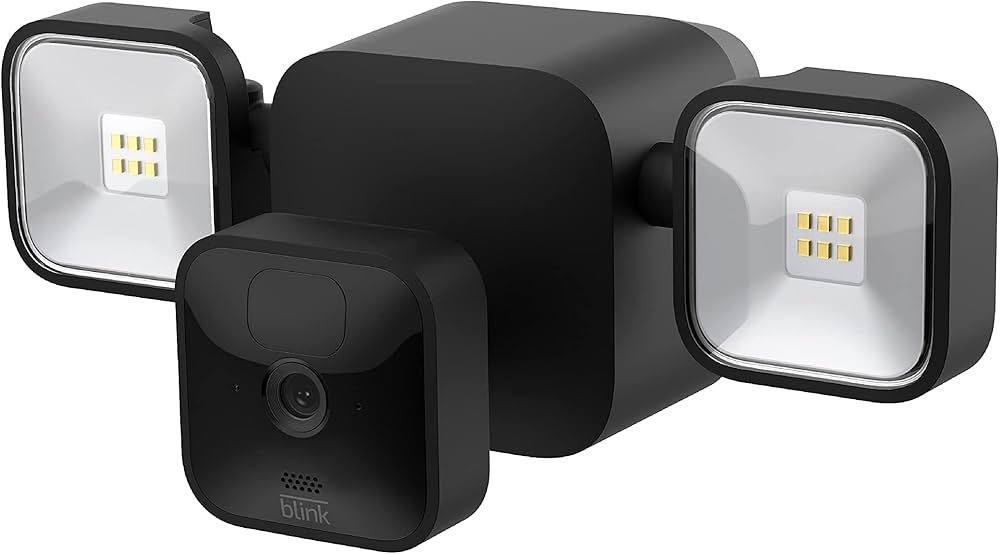
In residential settings, blink motion lights serve as a crucial component of home security systems. Their ability to quickly alert homeowners to unexpected visitors or activity around the property makes them an effective deterrent. Furthermore, these lights provide peace of mind, especially in areas with limited natural lighting or increased security concerns.
Comparison of Light Technologies
Different technologies used in blink motion lights influence their performance and suitability for specific applications. LED lights are increasingly popular due to their energy efficiency, long lifespan, and ability to produce bright, visible flashes. Incandescent lights, while readily available and cost-effective in some cases, often have a shorter lifespan and consume more energy compared to LEDs. The choice between LED and incandescent technology hinges on the specific needs of the application, weighing factors like energy consumption, longevity, and desired light intensity.
Advantages and Disadvantages of Blink Motion Light Applications
| Application | Advantages | Disadvantages |
|---|---|---|
| Industrial Security | Enhanced worker safety, deterrence of vandalism, cost-effective solution | Potential for false alarms, may not be effective in all environments |
| Retail Security | Theft deterrent, enhanced situational awareness, and immediate visual confirmation of activity. | Potential for false alarms, need for careful placement to avoid hindering customer flow.w |
| Residential Security | Provides peace of mind, a cost-effective, visual deterrent to intruders | May require additional components for comprehensive security systems, with potential for false alarms |
Technical Specifications and Features
Blink motion lights are designed for enhanced security and convenience, employing various technologies to achieve reliable motion detection and visual alerts. Their technical specifications dictate performance, functionality, and user experience. Understanding these aspects allows users to choose the most suitable light for their needs.
Sensor Technology
Blink motion lights utilize diverse sensor technologies to detect movement. Commonly employed types include Passive Infrared (PIR) sensors and ultrasonic sensors. PIR sensors detect changes in infrared radiation emitted by objects, while ultrasonic sensors measure the time it takes for sound waves to bounce back from an object. The choice of sensor influences the light’s responsiveness and accuracy in detecting motion.
Motion Sensor Types
- Passive Infrared (PIR) Sensors: PIR sensors are prevalent due to their affordability and relatively simple design. They work by detecting changes in infrared radiation emitted by warm objects in their field of view. These sensors are generally reliable for detecting larger objects moving at moderate speeds. They are often used in outdoor applications where the environment isn’t overly cluttered or noisy.
- Ultrasonic Sensors: Ultrasonic sensors utilize sound waves to detect movement. They are often more accurate in detecting smaller objects or objects moving at high speeds. They are less prone to false triggers from environmental factors like sunlight or heat fluctuations. Ultrasonic sensors may be a more suitable choice in challenging outdoor environments, such as those with high winds or foliage that could affect a PIR sensor’s accuracy.
Light Output and Patterns
The light output of blink motion lights is measured in lumens. Higher lumen values correspond to brighter light, offering better visibility in darker environments. Different models offer varying light patterns, including the frequency and intensity of the blink. Blink frequency, measured in Hertz (Hz), refers to the number of times the light blinks per second. Higher frequencies create a faster, more dynamic light pattern. Light intensity is the brightness of the light emitted during each blink. The combination of frequency and intensity can affect the visual impact of the light, influencing both security and aesthetics.
Blink Motion Light Specifications
| Model | Sensor Type | Light Output (Lumens) | Blink Frequency (Hz) |
|---|---|---|---|
| Model A | Passive Infrared (PIR) | 100 | 2 |
| Model B | Ultrasonic | 150 | 5 |
| Model C | PIR | 120 | 3 |
| Model D | Ultrasonic | 200 | 7 |
This table presents a sample comparison of different blink motion light models. It illustrates how varying sensor types, light output, and blink frequencies can impact the overall performance of the lights. Further research may be necessary to determine the best model for a specific application.
Installation and Maintenance Procedures
Proper installation and maintenance are crucial for the optimal performance and longevity of blink motion lights. Adhering to these procedures ensures safety and prevents potential damage or malfunctions. This section details the steps involved, necessary tools, common maintenance issues, and troubleshooting tips.
Installation procedures are designed to ensure secure mounting and proper functionality of the lights. Adherence to these guidelines minimizes the risk of electrical hazards and ensures the lights are positioned to effectively detect motion in the designated area. Maintaining the lights involves regular checks to ensure optimal operation and prompt identification of any potential problems.
Installation Steps
Following a step-by-step approach is critical for a successful installation. Each step is designed to ensure the lights are properly connected and positioned for maximum effectiveness.
- Preparation: Verify the location’s electrical compatibility with the light’s specifications. Ensure the mounting surface is clean and stable to support the light’s weight. Gather all necessary tools and materials.
- Mounting: Carefully position the light on the mounting surface. Use the provided mounting hardware and ensure a secure fit. Check for proper alignment with the surrounding environment.
- Electrical Connection: Connect the power supply to the light according to the wiring diagram. Double-check all connections to prevent any electrical issues. Use appropriate connectors and wiring techniques to ensure safety.
- Activation: Turn on the power supply and verify that the blink motion light functions as expected. Observe the light’s operation in various motion scenarios. Ensure the light detects motion appropriately.
- Final Inspection: Inspect the installation for any loose connections or potential hazards. Verify the overall functionality and security of the installation. Ensure all components are properly secured.
Necessary Tools and Materials

A list of essential tools and materials will facilitate a smooth and efficient installation process. The correct tools and materials are vital for a secure and safe installation.
- Screwdrivers (Phillips and flathead)
- Wire strippers/cutters
- Drill and drill bits (if necessary)
- Mounting hardware (brackets, screws, etc.)
- Electrical tape
- Power supply
- Safety glasses
- Gloves
Common Maintenance Issues
Regular maintenance helps maintain the lights’ performance and longevity. Addressing these issues promptly can prevent more significant problems.
- Dimming: A dimming light might indicate a problem with the power supply, wiring, or internal components. Inspect connections and the power source.
- Inconsistent Activation: If the light doesn’t activate consistently, the sensor might be obstructed or damaged. Clean the sensor area and ensure there are no obstructions.
- Flickering: Flickering can result from loose connections, voltage fluctuations, or a faulty power supply. Check connections and ensure the power supply is stable.
- No Activation: If the light doesn’t activate at all, verify the power supply and connections. Ensure the sensor isn’t obstructed or damaged. Inspect the sensor for blockages.
Troubleshooting Tips
Addressing malfunctions quickly prevents further damage and ensures smooth operation. Prompt troubleshooting ensures the lights continue to operate efficiently.
- Power Supply Issues: Check the power supply for any damage or loose connections. Replace the power supply if necessary.
- Sensor Obstructions: Ensure the sensor is unobstructed by dust, debris, or other objects. Clean the sensor area regularly.
- Loose Connections: Check all connections for tightness and stability. Use electrical tape to secure loose wires.
- Faulty Components: If issues persist, consult the manufacturer’s instructions for replacement parts. Consider professional assistance if the issue is complex.
Safety and Regulatory Considerations

Source: ledlightinginfo.com
Blink motion lights, while offering enhanced security and convenience, necessitate careful consideration of safety precautions and adherence to relevant regulations. Proper installation and usage are crucial to mitigate risks and ensure compliance with industry standards. This section explores these important aspects, highlighting safety features and environmental impacts.
Understanding the safety and regulatory landscape surrounding Blink motion lights is vital for both installers and users. Compliance with these guidelines protects individuals and property, minimizing potential hazards. Different models often incorporate varying safety features, and an understanding of these differences is essential.
Safety Precautions During Installation and Use
Proper installation is paramount for ensuring the safe and effective operation of blink motion lights. Incorrect wiring or faulty installation can lead to electrical hazards, posing a risk to individuals and property. Care should be taken during all stages of installation, from initial planning to final connections. Always consult the manufacturer’s instructions for specific guidelines and precautions. Ensure proper grounding and insulation to prevent shocks and short circuits.
Relevant Regulations and Standards
Various regulations and standards govern the manufacture, installation, and operation of blink motion lights. These regulations typically address electrical safety, fire prevention, and environmental impact. For example, international standards like UL (Underwriters Laboratories) certifications for electrical components and EN (European Norm) standards for product safety are often required. Compliance with these regulations ensures the safety and reliability of the product.
Comparison of Safety Features Across Models
Different models of blink motion lights may incorporate varying safety features. Some models might feature enhanced surge protection, while others might prioritize tamper-resistant design. Certain models may also include automatic shut-off mechanisms in case of overheating or malfunction. Analyzing these features allows users to select models with appropriate safety provisions for their specific needs.
Environmental Impact of Different Light Types

The environmental impact of blink motion lights varies depending on the type of light source used. LED-based blink motion lights generally offer a significantly lower environmental impact compared to older technologies. LEDs consume less energy and produce less heat, reducing the overall environmental footprint. Factors like material sourcing and manufacturing processes also contribute to the environmental impact. For example, using recycled materials or sustainable packaging can significantly reduce the environmental impact of production.
Examples of Regulatory Compliance
| Feature | Description | Impact |
|---|---|---|
| UL Certification | Verification of safety standards for electrical components | Reduces the risk of fire hazards and electrical shocks |
| EN Standards | Compliance with European product safety standards | Ensures safety for consumers across the European Union |
| Energy Efficiency Rating | Indicates the energy consumption of the light | Impacts the environmental footprint and energy bills |
Summary: Blink Motion Light
In conclusion, blink motion lights represent a significant advancement in security and illumination. Understanding their diverse applications, technical specifications, installation procedures, and safety considerations is crucial for optimal use. This comprehensive guide equips you with the knowledge needed to select, install, and maintain blink motion lights effectively, ensuring optimal performance and safety.

